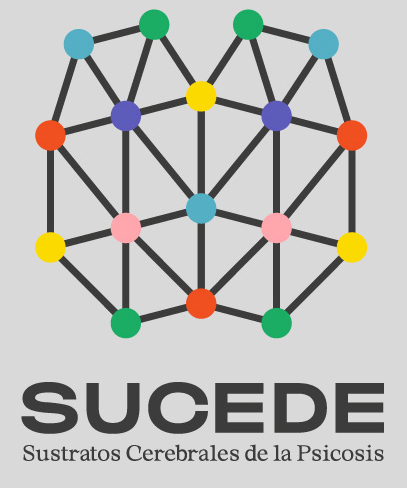On October 30th, at our SUCEDE seminar, we dedicated the bibliographic session to a study that introduces a fundamental modification to the Corollary Discharge paradigm. As you know, we’ve been investigating Corollary Discharge as a key mechanism for action source attribution—that is, for distinguishing what we do ourselves from what occurs in the external world.
The literature suggests that Auditory Verbal Hallucinations (AVH) are essentially self-generated thoughts that, due to a system failure, are perceived as external voices. The question we explored is whether this failure lies precisely in the Corollary Discharge mechanism, applied now not to overt speech, but to inner speech or private thought.
Under normal conditions, when we speak, our brain sends an “efference copy” that suppresses the auditory cortex’s response to our own voice (the N1 suppression). The idea is that this same mechanism should operate when we only imagine the motor act of speaking.
The experimental protocol, designed by Whitford and their team, allowed us to investigate the function of Corollary Discharge in the context of inner speech. Participants had to:
- Match: Imagine a syllable (‘ba’) while listening to that same syllable.
- Mismatch: Imagine one syllable (‘bi’) while listening to another (‘ba’).
- Passive: Only listen to the syllable.
The amplitude of the N1 component of the Auditory Evoked Potential (AEP), an indicator of sensory suppression, was analyzed. The results we reviewed were highly illustrative:
- Controls: We confirmed the expected pattern: a significant reduction in N1 amplitude in the Match condition. This demonstrates that private thought generates an efference copy that attenuates the sensory response.
- AVH Patients: Here we found a radical inversion of the effect. In the Match condition (where suppression should occur), we observed an increase in N1 amplitude.
This amplification of the response (which the authors call a “match boost”) is crucial. We suggest that, far from attenuating the expected sensory response to one’s own act, the mechanism in hallucinating patients seems to increase the salience of the auditory stimulus when it coincides with inner thought. This exaggerated salience could be what hinders source attribution, leading to the perception of the voice as something external.
Final Reflections: Although the study design is peculiar and generated much critical discussion in our session (as you saw in the debate on the P2 and P3 waves and the statistical correlation), the N1 findings offer the most robust evidence to date for associating AVH with an anomaly in the suppression linked to inner speech production.
This leads us to conclude that the disruption of inner speech-induced suppression could be an objective and useful neurophysiological marker, not just for schizophrenia in general, but more specifically for identifying individuals most susceptible to verbal hallucinations.



